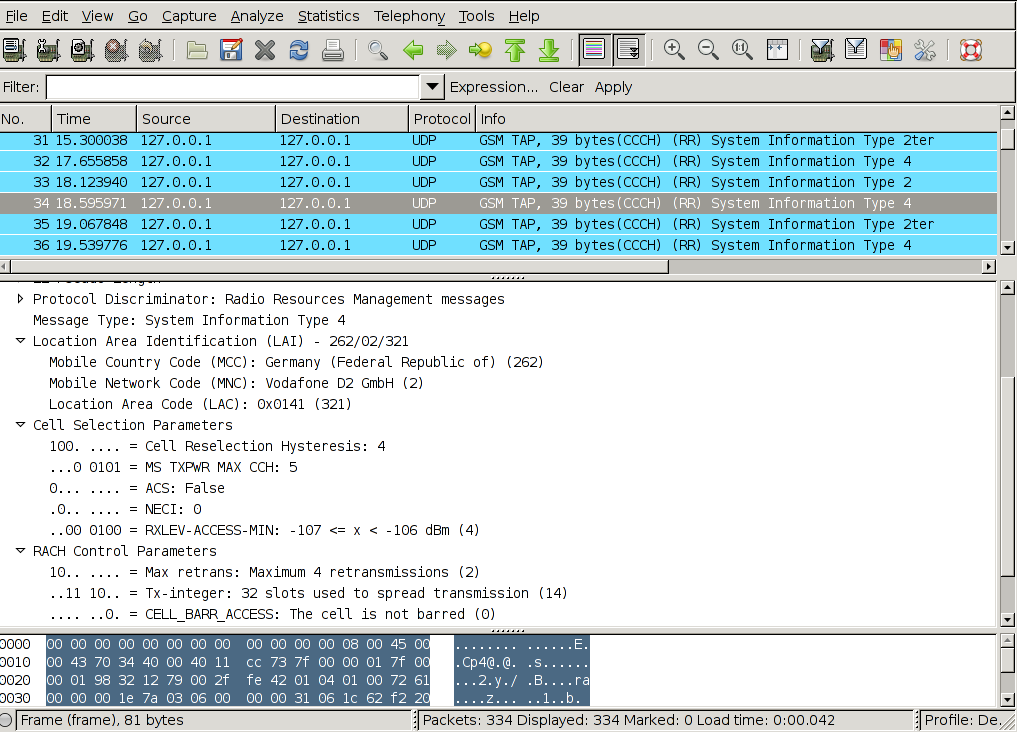

To do this, click View > Name Resolution and select “Resolve Network Addresses. You can filter on a HTTP host on multiple levels. Complete documentation can be found at the pcap-filter man page. Generated fields arp. However, it can be useful as part of a larger filter string. Capture only the ARP based traffic: arp or: ether proto arp Capturing only ARP packets is rarely used, as you wont capture any IP or other packets. destination IP addresses and TCP source and destination ports on the IP datagram. Last post we discussed filtering packets in Wireshark to restrict the displayed packets according to specified criteria. You can filter ARP protocols while capturing.

Below is a brief overview of the libpcap filter language’s syntax. useful to use a Wireshark filter so that only frames containing HTTP. Wireshark capture filters are written in libpcap filter language. Select the shark fin on the left side of the Wireshark toolbar, press Ctrl+E, or double-click the network.

I tried endpoints but I believe that is total unique addresses but I need a separate count of source and destination. Then how many unique destination IP addresses there are. The details of the highlighted packet are displayed in the two lower panes in the Wireshark interface.Ī simple way to make reading the trace easier is to have Wireshark provide meaningful names for the source and destination IP addresses of the packets. Filtering while capturing Wireshark supports limiting the packet capture to packets that match a capture filter. 1 I am trying to figure out how may unique source IP addresses there are in a pcap file viewing through Wireshark. The packets are presented in time order, and color coded according to the protocol of the packet. per IP packet, once for the source address, and once for the destination address. If Wireshark isn’t capturing packets, this icon will be gray.Ĭlicking the red square icon will stop the data capture so you can analyze the packets captured in the trace. Page de manuel de wireshark-filter - If a packet meets the requirements. Below that expand another line titled 'Handshake Protocol: Client Hello. In the frame details window, expand the line titled 'Secure Sockets Layer.' Then expand the line for the TLS Record Layer.
#Wireshark destination ip filter how to
This gives you the opportunity to save or discard the captured packets, and restart the trace. Here’s how it’s done: How to Setup the ERSPAN On the device where you want to run the capture enter global config mode and enter the following: monitor session 1 type erspan-source source interface Te1/0/1 destination erspan-id 5 ip address 10.1.1.10 origin ip address 10.1.1. To find domains used in encrypted HTTPS traffic, use the Wireshark filter 1 and examine the frame details window. Shark fin with circular arrow: If this is green, clicking it will stop the currently running trace. Filtering Specific IP in Wireshark Use the following display filter to show all packets that contain the specific IP in either or both the source and destination columns: ip.addr 192.168.2.11 This expression translates to pass all traffic with a source IPv4 address of 192.168.2.11 or a destination IPv4 address of 192.168.2.11.If Wireshark isn’t capturing packets, this icon will be gray. Square: If this is red, clicking it will stop a running packet capture.Shark fin: If this is blue, clicking it will start a packet capture. If Wireshark is capturing packets, this icon will be gray.Select "Column Preferences" from the context menu.Įxplain :Frame 36708: 66 bytes on wire (528 bits), 66 bytes captured (528 bits) on interface \Device\NPF_ or dns.flags. Right-click on the "Time" column in the packet list pane. In Wireshark, select the packet capture you want to view. If you want to filter to only see the HTTP protocol results of a wireshark capture, you need to add the following filter: http. To convert the time column to a human-readable format, you can follow these steps: However to filter by port, Wireshark requires you to specify if the packet is sent using TCP or UDP protocol, which is why the filters are separated by those protocols. Destination IP Filter A destination filter can be applied to restrict the packet view in wireshark to only those packets that have destination IP as mentioned in the filter. In Wireshark, the time column in packet captures is typically displayed in a Unix timestamp format, which represents the number of seconds since the Unix epoch (Januat 00:00:00 UTC). You can filter packets by logical port based on the specified port's use as a source, destination, or both.


 0 kommentar(er)
0 kommentar(er)
